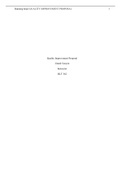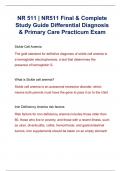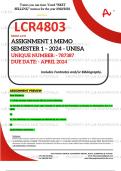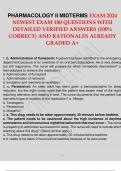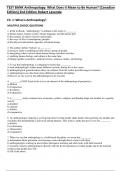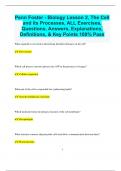Tentamen (uitwerkingen)
Solution Manual for Applied Partial Differential Equations with Fourier Series and Boundary Value Problems 5th Edition Richard Haberman
- Vak
- Instelling
Solution Manual for Applied Partial Differential Equations with Fourier Series and Boundary Value Problems 5th Edition Richard Haberman
[Meer zien]







